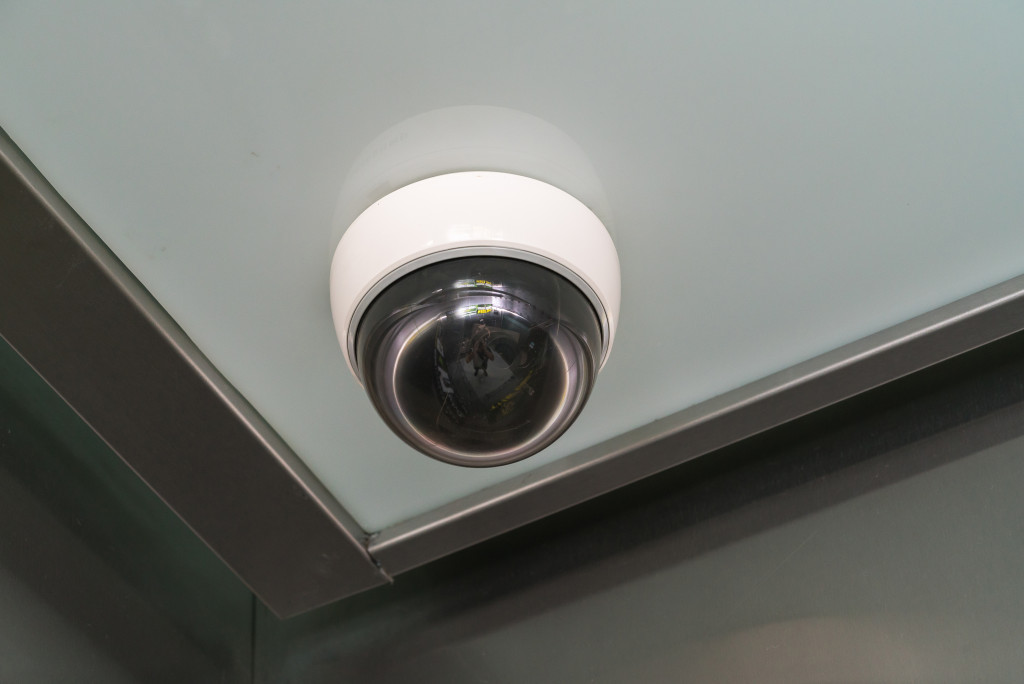- Temperature control systems are essential for cold storage areas to ensure stored products remain at the right temperature.
- Automated doors and air curtains create a barrier between different environments without disrupting personnel or goods flow.
- Motion and surveillance cameras are essential security features that can help monitor the space and ensure its safety.
- Data loggers provide automated monitoring of temperatures, while fire suppression systems detect fires quickly and extinguish them before they spread.
For businesses that require cold storage areas, having the right technologies in place is essential for success. Several technologies, from temperature control to security and safety systems, are available to ensure that your cold storage area operates efficiently and safely. This article will explore some critical technologies needed for effective cold storage operations.
Temperature Control System
The temperature control system is essential for cold storage areas, enabling consistent and accurate temperature management within a room or container. This system includes sensors that feed data, typically measured in IoT-enabled wireless probes, to a controller. The controller will then alert any temperature changes, allowing operators to respond as needed quickly.
Ensuring stored foodstuffs and medicines remain at the right temperature is essential when running a successful commercial operation. So this system can make all the difference by providing users with real-time insights into conditions within their storage facilities.
This system’s accuracy and reliability are enhanced by using accurate wireless temperature sensors that detect even small fluctuations over time. By utilizing advanced technologies, operators can confidently store large quantities of their precious products without fear of spoilage.
Automated Doors and Air Curtains
Automated doors and air curtains are two critical technologies for dealing with areas that need to stay within controlled temperatures, such as cold storage. Automated doors are entryways with insulated panels and powered opening and closing mechanisms that detect user movement and open accordingly.
The door closes automatically after the user has entered, ensuring minimum intrusion of the cold temperature outside the area. Air curtains are heated air jets that create an invisible wall at the entrance, forming a barrier between different environment temperatures without disrupting the flow of personnel or goods.
These technologies keep cold storage areas reliably sealed for properly completing tasks such as food processing or preservation of medical supplies or medications needed at specific temperatures.
Security Features
Here are some of the critical security features necessary for cold storage areas:
Motion Sensors
Motion sensors are cutting-edge technology that has become increasingly useful in cold storage areas. By using infrared technology to detect movement and changes in temperature, motion sensors allow businesses to adequately monitor their warehouses or other areas prone to rugged conditions. These can be used as security alerts to control access or as alarms for potential maintenance concerns.
As an added benefit, motion sensors help conserve energy by alerting personnel when certain rooms are occupied and when temperatures need to be regulated accordingly. By having these sensors in place, areas under cold storage can ensure the safety of certain items with precise accuracy and reliability.
Surveillance Cameras

Surveillance cameras have become essential for cold storage areas to monitor the space and ensure its safety. These allow personnel to monitor their environments in real-time, providing instant alerts when needed and enabling faster responses to any situation.
Furthermore, you can use them to record footage stored securely online or on local databases, making them available for analysis and use in investigations. While surveillance cameras provide a clear deterrence against any attempted theft or vandalism, they also enable personnel to verify the correct operation of temperature mechanics, ensuring that the necessary temperatures are maintained within the facility.
This oversight ensures that cold storage products remain protected from spoilage due to incorrect temperatures. You must recognize the importance of surveillance cameras for cold storage areas, given the high potential costs associated with neglecting proper monitoring.
Data Loggers

Data loggers are an increasingly essential technology for cold storage areas, as they provide a reliable and automated way to monitor temperature and other environmental factors. Data loggers are similar to thermostats in that they use sensors to detect temperature differences and then communicate essential readings back to the central system.
This data can be used to establish specific protocols or warn of any irregularities, helping to ensure consistent maintenance of the coldest environments. Furthermore, these devices can also be used as part of HACCP audit trails, allowing managers and staff easy access to record temperatures at any time.
Data loggers can also provide very detailed reports for times when energy costs need to be scrutinized, tailored alerts for different stocking levels, reporting on any malfunctioning equipment, and set schedules for displaying internal notifications from remote locations.
Fire Suppression Systems
When it comes to the protection of temperature-sensitive goods in cold storage units, the use of fire suppression systems is essential. In simple terms, a fire suppression system is an automated machine that detects and extinguishes fires while they are small and still containable.
The most commonly used version of this technology is known as a Clean Agent System which releases gaseous agents into the environment to suppress or extinguish a blaze. By utilizing advanced environmental detection elements like heat sensors and smoke detectors, these systems are able to detect even small signs of fire with pinpoint accuracy and act quickly, helping keep our products safe from potentially catastrophic harm.
Due to their immense effectiveness and reliability in safeguarding people and property, the use of fire suppression systems has become ubiquitous in cold storage areas such as groceries, warehouses, airports, manufacturing facilities, and more.
These are just a few of the essential technologies that are needed for cold storage areas, but there are many more that can be used to maximize safety and efficiency. By investing in the right technology and following all necessary protocols, businesses can ensure their cold storage areas remain secure and reliable so as to protect their valuable products from spoilage or damage.
